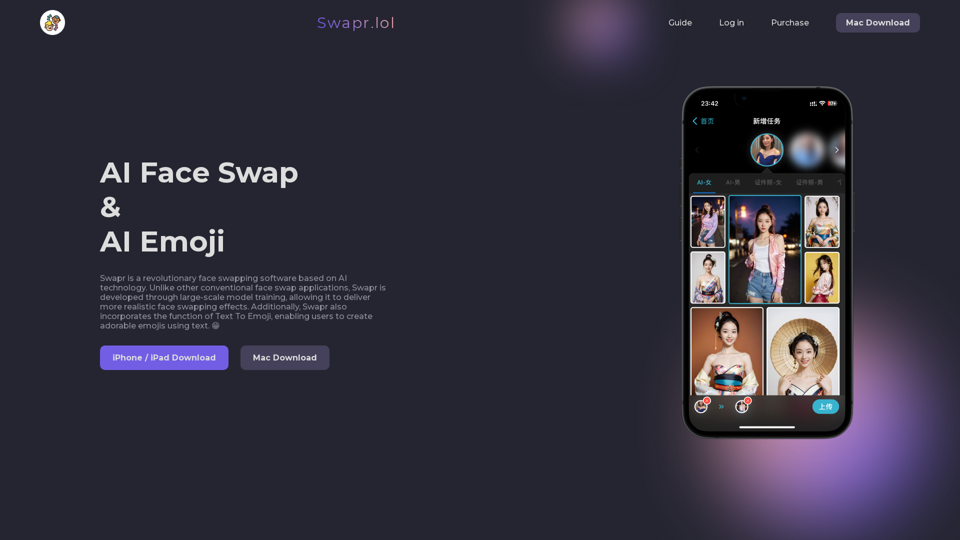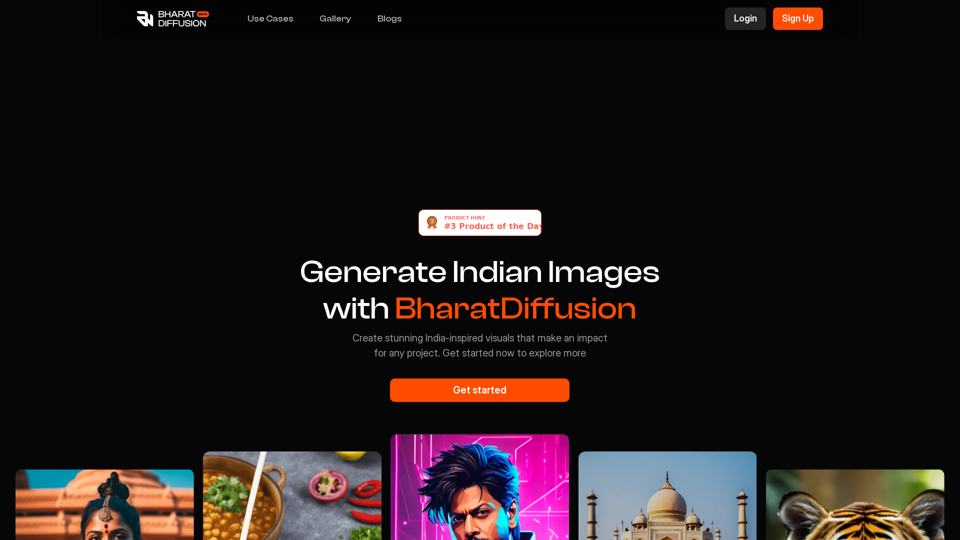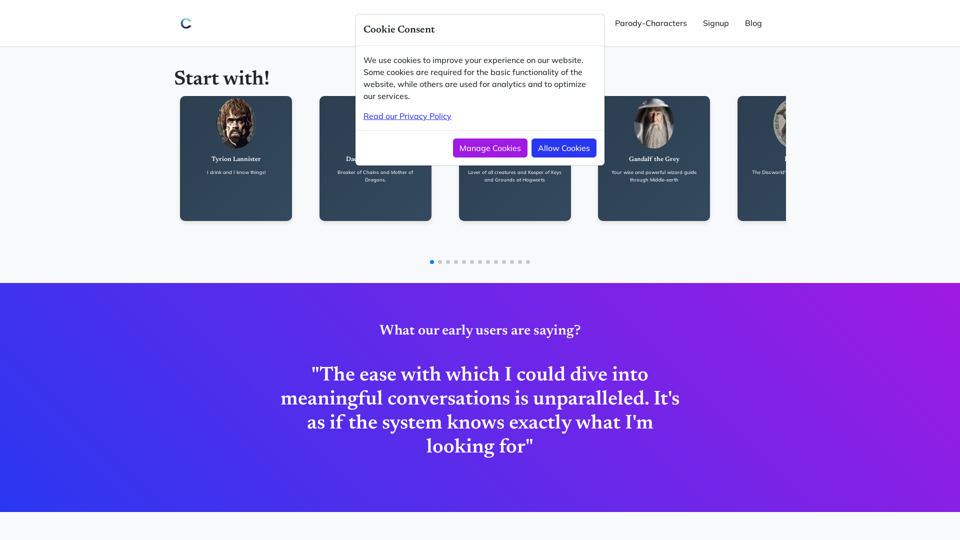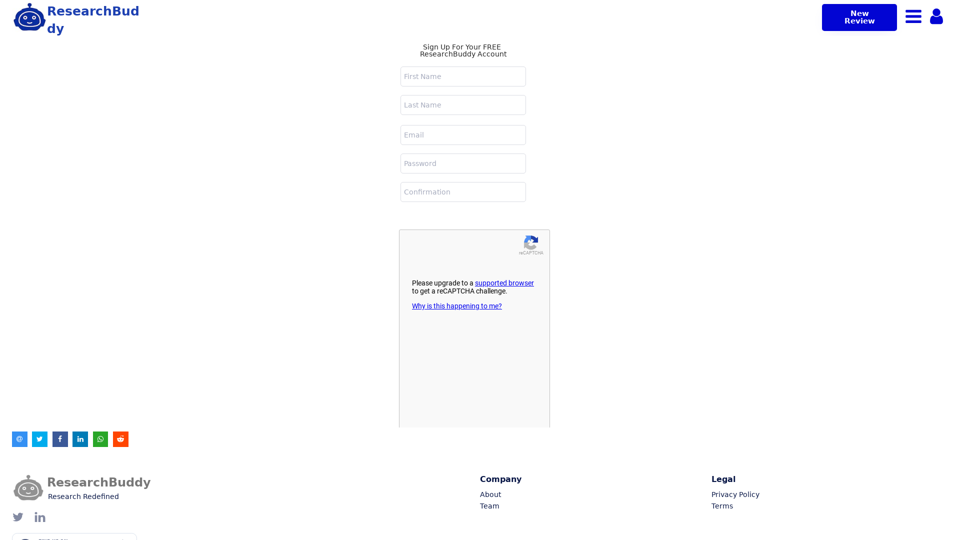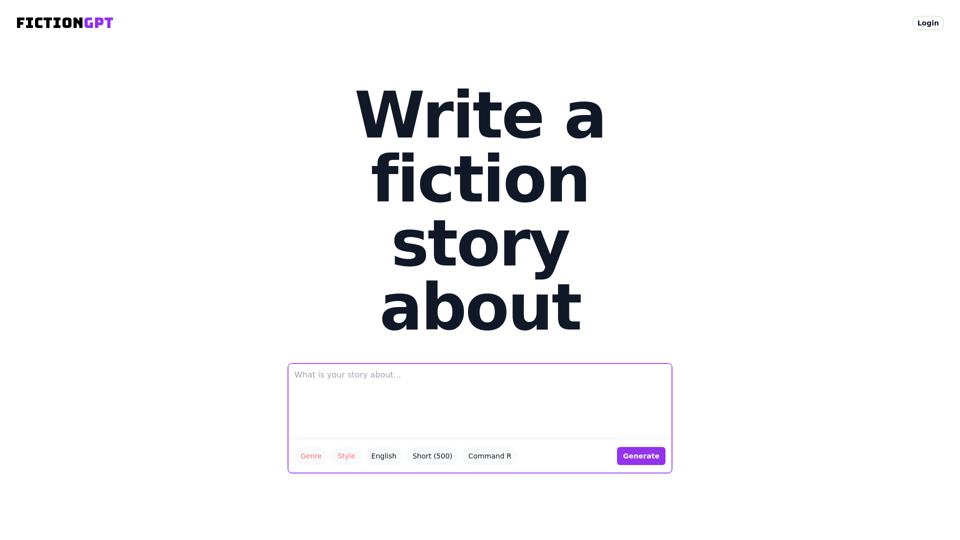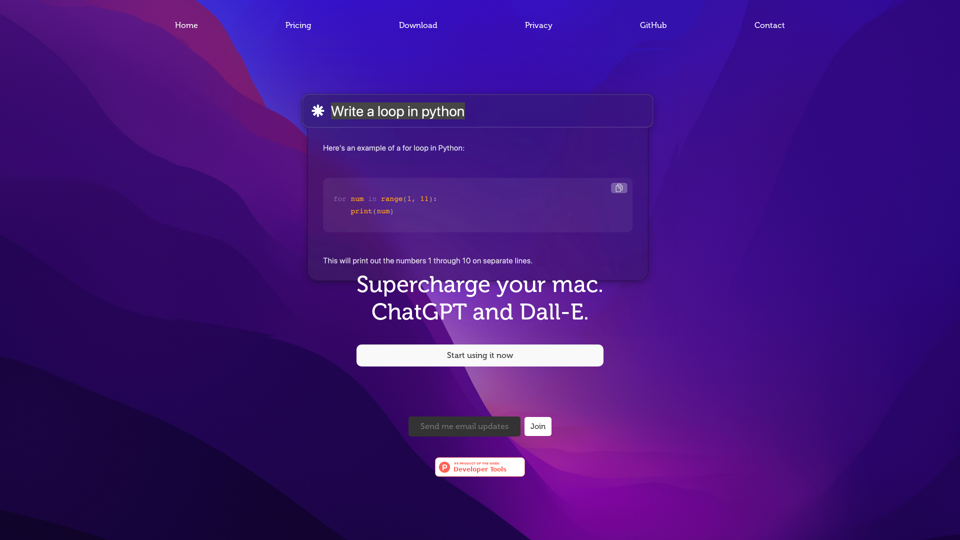What's an AI Virtual Assistant?
An AI virtual assistant is a sophisticated application that utilizes technologies such as natural language processing (NLP), machine learning (ML), and large language models (LLM) to perform tasks on behalf of users. These tasks range from making calls and reading messages to booking appointments and online shopping. AI assistants are designed to understand and respond to voice or text commands in a conversational, human-like manner.
Benefits of AI Virtual Assistants
AI virtual assistants offer numerous advantages, including:
- Increased Productivity: Automate routine tasks, freeing up time for more critical activities.
- Enhanced User Experience: Provide quick, accurate responses to user queries, improving satisfaction.
- Cost Efficiency: Reduce the need for extensive customer support staff by handling common inquiries.
How to Use AI Virtual Assistants
To effectively implement AI virtual assistants in your business, consider the following steps:
1. Define Your Goals
- Identify the primary tasks the assistant will perform.
- Determine the user interactions and desired outcomes.
2. Choose the Right Technology
- Select appropriate technologies such as NLP, ML, and computer vision based on your needs.
- Consider using ready-made APIs for basic functionalities or custom development for complex tasks.
3. Develop and Train the System
- Design the AI logic and train the assistant using relevant data.
- Ensure the assistant can understand and process natural language inputs accurately.
4. Design the User Interface
- Create an intuitive and user-friendly interface for seamless interaction.
- Focus on accessibility and ease of use.
5. Test and Deploy
- Conduct thorough testing to ensure reliability and accuracy.
- Deploy the assistant and monitor its performance, making improvements as needed.
Types of AI Virtual Assistants
AI virtual assistants can be categorized into various types, including:
Chatbots
- Functionality: Automate responses to user queries using predefined workflows.
- Use Cases: Customer support, information retrieval.
Voice Assistants
- Functionality: Use speech recognition to respond to voice commands.
- Examples: Siri, Google Assistant.
AI Avatars
- Functionality: Use 3D models for interactive, human-like experiences.
- Applications: Entertainment, virtual customer support.
Domain-Specific Assistants
- Functionality: Tailored for specific industries like finance, travel, or engineering.
- Benefits: Optimized performance for specialized tasks.
Technologies Behind AI Assistants
Key technologies powering AI virtual assistants include:
- Speech-to-Text (STT) and Text-to-Speech (TTS): Convert spoken words to text and vice versa.
- Computer Vision (CV): Interpret and understand visual signals for enhanced interaction.
- Natural Language Processing (NLP): Process and understand user inputs for accurate responses.
- Deep Learning: Enable advanced text and speech generation capabilities.
- Augmented Reality (AR): Integrate 3D objects into real-world environments for immersive experiences.
- Generative Adversarial Networks (GANs): Create realistic AI avatars and 3D models.
- Emotional Intelligence (EI): Analyze and respond to user emotions for personalized interactions.
By leveraging these technologies, businesses can create powerful AI virtual assistants that enhance productivity, improve user experience, and drive cost efficiencies.



